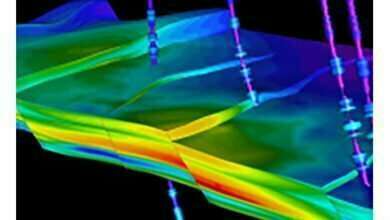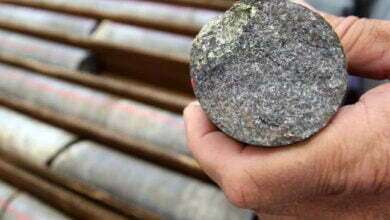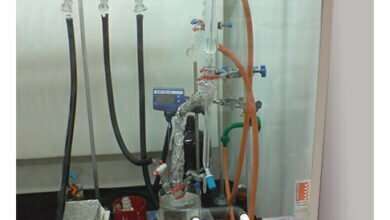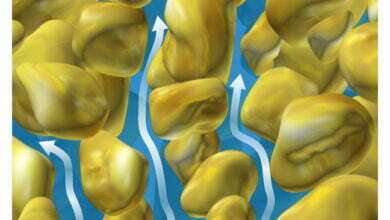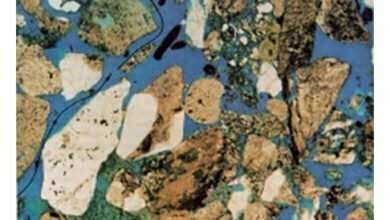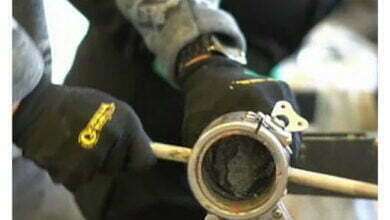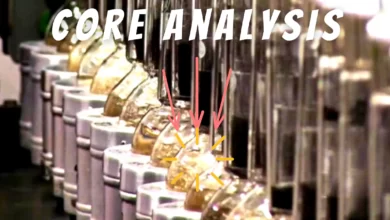Month: May 2022
- Petrophysics

Complementary Core Information
Describe the different types of data and core information obtained as a complement to routine, special core analysis (SCAL) and…
Read More » - Petrophysics

Core Description
After the core arrives at the laboratory, a detailed core description can be made in optimal working conditions. The description…
Read More » - Petrophysics

Fluid Saturation Determination
The pore spaces in rocks which form oil and gas reservoirs are always completely saturated with fluids. There are never…
Read More » - Petrophysics

Permeability Measurement
Learning Objectives After completing this topic “Permeability Measurement“, you will be able to: Discuss the laboratory methods used to measure…
Read More » - Petrophysics

Porosity Measurement | What is porosity and how is it measured?
Porosity is the volumetric void space within rocks, being that space not occupied by solid rock material. Porosity is thus…
Read More » - Petrophysics

Introduction to Core Analysis
Cores are direct samples from the reservoir rocks that can be tested, analyzed, and viewed by the researcher. A core…
Read More » - Geophysics

Interpretation with Seismic Attributes
Learning Objectives After completing this topic “Interpretation with Seismic Attributes”, you will be able to: Provide the definition of seismic…
Read More » - Geophysics

Seismic Interpretation Methods
Learning Objectives After completing this topic ” Seismic Interpretation Methods “, you will be able to: Explain the purpose of…
Read More » - Geophysics

Seismic Stratigraphy
Learning Objectives After completing this topic “Seismic Stratigraphy“, you will be able to: Determine what to accept as genuine geology,…
Read More »

